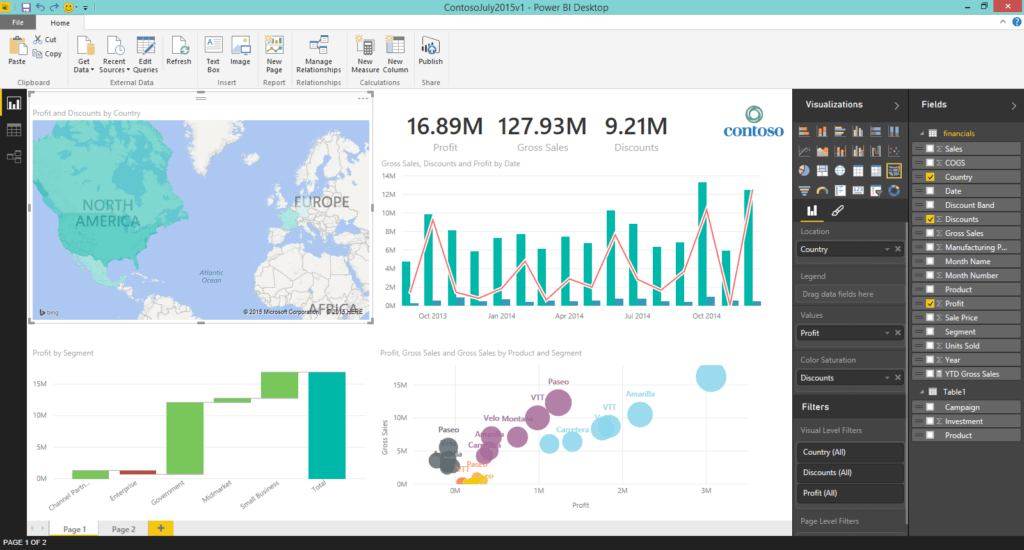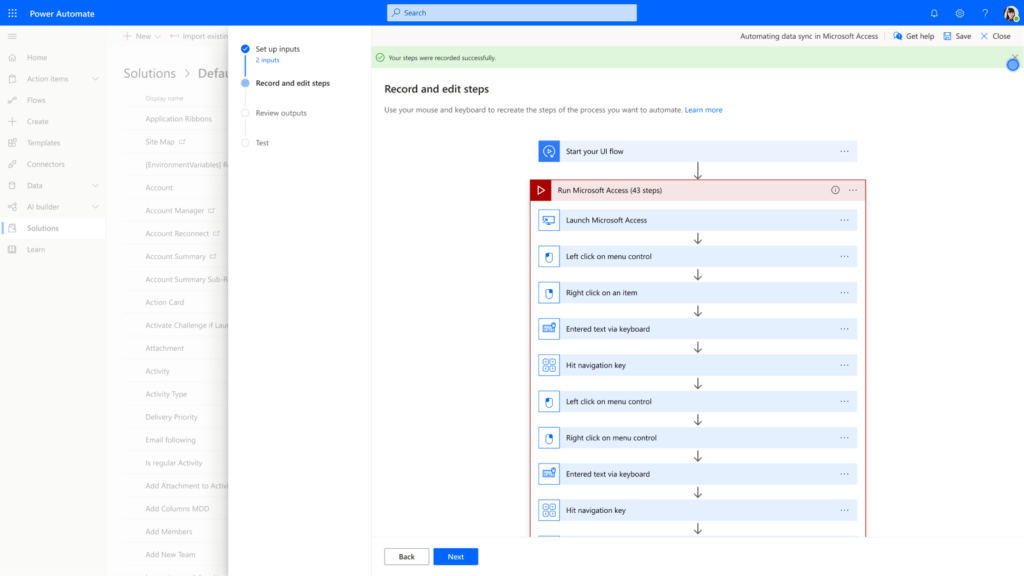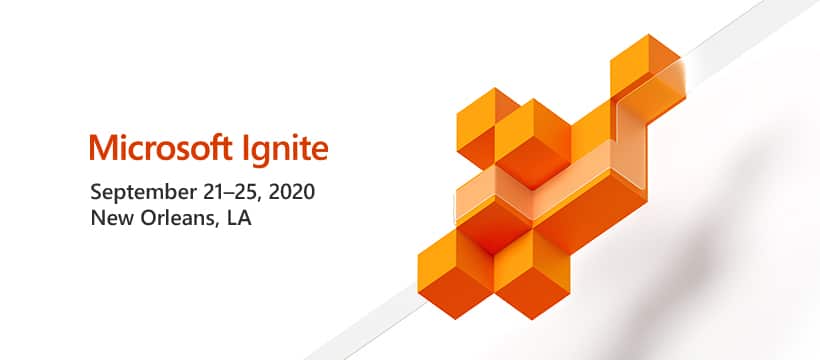Microsoft Flow is Now Power Automate
Automation is a big topic today in the tech world. If you've heard of Microsoft Flow, that may be thanks to its robotic process automation (RPA) capabilities and how it can connect legacy and modern applications within a business. As announced at the Ignite conference 2019, Microsoft Flow is now called Power Automate, in line with its other two partners in the Power platform, which aims to increase efficiency and productivity for enterprises. And, even more exciting: Power Automate's new RPA capabilities are now available for preview.
The Microsoft Power platform
Each of the elements of this trio is outstanding in its own right. But together they create a platform that can truly improve a company's workflow and productivity. The Power platform allows for connected automation across different systems and users, providing smart business streamlining and guidance. Microsoft designed it with a “Triple-A Loop” in mind: Analyze, Act, and Automate. Here's a bit more information about each of the Power components.
Power BI

This business intelligence component connects, analyzes and gathers insight from your company's various data sources. Those data sources may be in your own on-premises data center or in the cloud. You may have some in Excel spreadsheets and some in an Oracle database, and still others in different applications. Wherever it's located, Power BI collects and compares and draws helpful conclusions. Before the trio even existed, Power BI became available in 2015 and has been widely successful with users throughout the world. Check out a relevant application in a Power BI project we did on COVID-19 tracking.
Power Apps

But data and insights are incomplete without the ability to act on them. Power Apps is truly empowering to people like teachers and maintenance workers who can benefit from a custom app but aren't developers themselves. It is a “citizen application development platform,” which means that it allows anyone to build web or mobile applications without having to write any code. Users can create their own task-specific apps that will make their lives easier. Power Apps also includes an enterprise-grade, fully-managed datastore called the Common Data Service (CDS). And since it works together with Power BI, it continually loops back with that intelligence for further improvement.
Power Automate

The freshly renamed Power Automate (as mentioned, previously called Microsoft Flow) takes things to the next level of efficiency by automating processes--even complex business ones--without the need for sophisticated IT deployment. Like Power Apps, it's made to be user-friendly among all types of workers. A doctor or a school secretary can follow simple steps to create automated workflows for tedious tasks. With its Robotic Process Automation (RPA), which is quickly growing and gaining a lot of attention, businesses can reduce errors and save time and money. And this frees up users to focus on the more human aspects of work that are most important to them.
A Simple Flow Example
While Power Automate is capable of taking over the tedious elements of complex and specific workflows, there are also simple ways it can be useful to almost anyone. For example, how many of us have spent time searching through our email inbox looking for an important attachment? Power Automate provides templates for simple tasks such as sending attachments to a designated folder. Let's say you use Outlook and want to save attachments to a Sharepoint library. You can filter the flow to save only attachments from specific people, so you're organizing and saving only what's important to you. Then you can quickly access attachments without having to look through your inbox at all.
Preview UI Flows
Users have growing needs for support that bridges legacy and modern applications. Microsoft's answer to that is UI Flows, and element within Power Automate. It provides secure automation across apps within a single platform, whether or not an API is available. As with the other Power components, it allows for users to create automated flows with little or no coding experience. (Here's where the more complex flows become possible.) These UI flows are done in a cloud environment and integrate fully with API-based automation.
Closing Thoughts on Flow becoming Power Automate
I like Microsoft’s decision to build out the branding of the Power suite by adding more tools. The strength of Office 365 is the modern collaboration tools that it provides. Having code-less solutions to build apps, automate tasks, and build reports is a strong offering. Find out more about Power Automate’s RPA and take a look at how it works with the UI preview.
Stay connected. Join the Infused Innovations email list!
Share this
You May Also Like
These Related Posts

The Enterprise World Names Infused Innovations Top Most Trusted Security Automation Solution Companies

Automate Information Lifecycle Management for Compliance and Governance

No Comments Yet
Let us know what you think